Contact Details
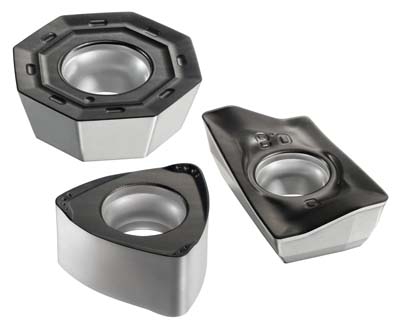
In response to the success of its Tiger-tec Silver high-performance inserts, Walter USA LLC has added a tough new grade to the Walter Valenite indexable milling grade family. The existing universal WKP35S grade is now joined by WKP25S, a CVD aluminum oxide-coated insert that permits higher feed and speed rates, and higher rates of metal removal, particularly in the machining of steel and castings.
This newly developed Tiger-tec Silver WKP25S milling/cutting grade maximizes productivity through its ability to process all steels at high cutting speeds as well as with high average feed rates, yet increases process reliability through its high wear resistance, toughness and shock resistance. Plus, its proven bicolor coating also guarantees efficient wear detection. In addition, the new grade racks up similar improvements over conventional tooling in the machining of tool steels with strengths greater than 1000 N/mm2 and when used in difficult conditions such as wet machining or machining materials with high tensile strength.
The new grade also excels in the machining of gray cast iron or cast iron containing vermicular graphite. It can process these hard to cut materials at average to high cutting speeds and average feed rates. The new grade is also ideal for difficult cutting conditions so often encountered when machining these materials, such as fluctuating material removal or severely interrupted cuts.
Currently, Tiger-tec Silver WKP25S is available for all of the popular tools in the Walter Valenite Xtra-tec range, including Face and shoulder mills F4041 and F4042; Side and face mills F4053, F4153 and F4253 and porcupine cutters F4038, F4138, F4238 and F4338. Other inserts for drilling and turning are also in development.
Related Glossary Terms
- chemical vapor deposition ( CVD)
chemical vapor deposition ( CVD)
High-temperature (1,000° C or higher), atmosphere-controlled process in which a chemical reaction is induced for the purpose of depositing a coating 2µm to 12µm thick on a tool’s surface. See coated tools; PVD, physical vapor deposition.
- feed
feed
Rate of change of position of the tool as a whole, relative to the workpiece while cutting.
- gang cutting ( milling)
gang cutting ( milling)
Machining with several cutters mounted on a single arbor, generally for simultaneous cutting.
- milling
milling
Machining operation in which metal or other material is removed by applying power to a rotating cutter. In vertical milling, the cutting tool is mounted vertically on the spindle. In horizontal milling, the cutting tool is mounted horizontally, either directly on the spindle or on an arbor. Horizontal milling is further broken down into conventional milling, where the cutter rotates opposite the direction of feed, or “up” into the workpiece; and climb milling, where the cutter rotates in the direction of feed, or “down” into the workpiece. Milling operations include plane or surface milling, endmilling, facemilling, angle milling, form milling and profiling.
- tensile strength
tensile strength
In tensile testing, the ratio of maximum load to original cross-sectional area. Also called ultimate strength. Compare with yield strength.
- tool steels
tool steels
Group of alloy steels which, after proper heat treatment, provide the combination of properties required for cutting tool and die applications. The American Iron and Steel Institute divides tool steels into six major categories: water hardening, shock resisting, cold work, hot work, special purpose and high speed.
- turning
turning
Workpiece is held in a chuck, mounted on a face plate or secured between centers and rotated while a cutting tool, normally a single-point tool, is fed into it along its periphery or across its end or face. Takes the form of straight turning (cutting along the periphery of the workpiece); taper turning (creating a taper); step turning (turning different-size diameters on the same work); chamfering (beveling an edge or shoulder); facing (cutting on an end); turning threads (usually external but can be internal); roughing (high-volume metal removal); and finishing (final light cuts). Performed on lathes, turning centers, chucking machines, automatic screw machines and similar machines.
- wear resistance
wear resistance
Ability of the tool to withstand stresses that cause it to wear during cutting; an attribute linked to alloy composition, base material, thermal conditions, type of tooling and operation and other variables.

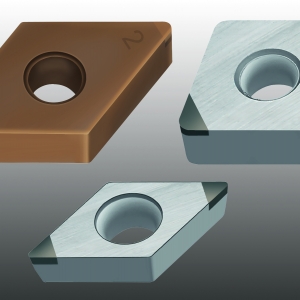
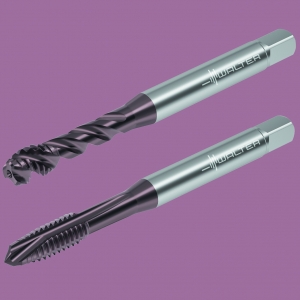

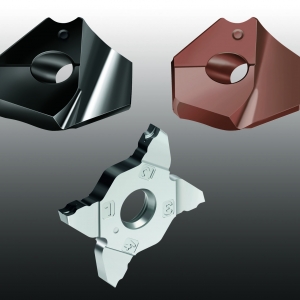

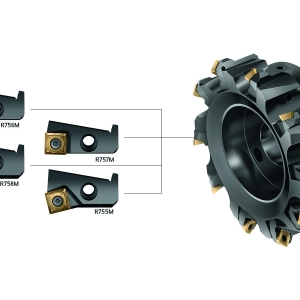

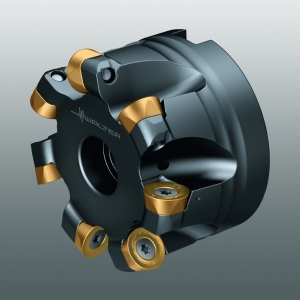
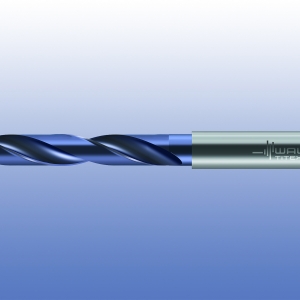
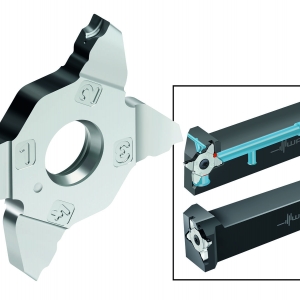
 PRODUCTS
PRODUCTS

